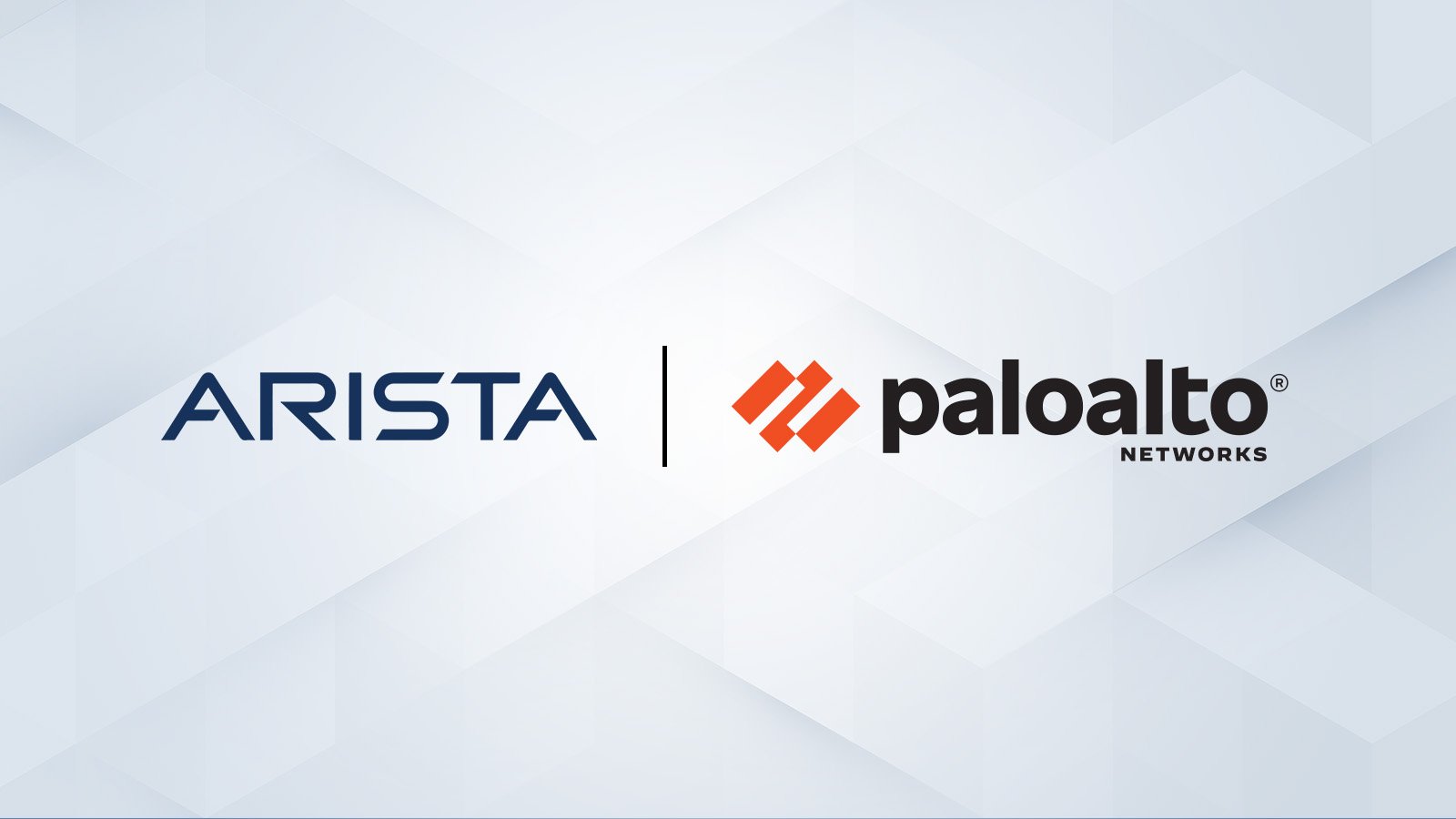Delivering Reliable AI and Cloud Networking
The explosive growth of generative AI and the demands of massive-scale cloud architectures have fundamentally redefined data center networking...

For past few decades, our internetworks have been built and have operated in a decentralized manner, thus avoiding the pitfalls of a single point of failure. This is a design principle that comes from the original ARPANET, which was architected to survive the ultimate failure mode - a nuclear attack. Fundamental to these interconnected networks has been the use of open, standards-based protocols (TCP/IP and Ethernet) so that anyone can access these internetworks without requiring vendor-specific proprietary hardware or software. In this IP-based world, each network node runs its own control plane software, exchanging state with its neighbors to distribute information required to forward packets. With the migration to cloud networking, the ability of the network to respond to varying workload demands with on demand performance is key. In addition to dynamic workloads, the network demands higher availability and reliability at all levels. To meet these new requirements, the ability to achieve granular programmability of the products and software on which the network is built and operated is becoming a key mandate for next generation networking.
SDN (Software Defined Networking), where vendors are pushing centralized controllers to make forwarding decisions programmed directly to switches is considered one way to offer control. Does this solve the real problem? Only in niche use-cases today.
Do traditional networks and operating systems need to be modernized, isolatable and modular? The answer is obviously yes, but difficult for legacy vendors to embrace as they depend on their traditional development and business methods.
What is needed are solutions that bring the best of both worlds. At Arista we have worked hard to develop a programmable modern network operating software to address broad cloud migrations and network applications. It’s not just about APIs or controllers or IP networks but a proper extensible foundation.
Developed off a clean sheet of paper, Arista’s Extensible OS (EOS) is the most advanced SDN capable software. It is not only controller friendly but is designed to support all of the diverse applications increasingly being deployed via Cloud Networking.
The beauty of Arista’s Extensible OS is that it is develop d for different types of programmability. At least three options are possible leading to many use cases.
1. Management Extensibility via APIs
Using simple, well-documented protocols to interact with the EOS management plane, Arista’s APIs include SNMP enhancements as well as access to HP Opsware, EMC SMARTS, VMware vSphere and other customer-driven management platforms.
2. Control Plane Extensibility via Open Linux and Advanced Event Management
The publish-subscribe model of Arista EOS and multi-process state-sharing architecture interacting with a central shared state repository, Sysdb (System Database), offers true control plane extensibility. With this state-oriented approach, extensions may be triggered based on dynamic change to any object in Arista EOS. This is a welcome and radical departure from the traditional OS approach using IPC (Inter-Process Communication). Arista EOS can trigger network switch actions on any state change in the whole system, through a set of pre-defined triggers. Our customers also have direct access to the many Linux tools with full binary Fedora compatibility.
3. Data Plane Extensibility with In-Line Programmability
Our advanced customers looking to tune their application performance on the network can additionally customize their switch via our new Arista 7100 FX platform by writing Verilog for programmable hardware based on FPGAs. No other switch is capable of this level of application and network level programming at wire-speed with uncompromised latency and performance.
With programmable networking, the IT manager is empowered to build an elastic network, almost a “data center without walls,” providing the secure user experience economically. This open networking model can only be implemented using protocol standards and application programming interfaces (APIs) without compromise across the virtual, physical and cloud networks. Welcome to the new world of programmable Software Defined Cloud Networking. As always I welcome your comments at feedback@arista.com

The explosive growth of generative AI and the demands of massive-scale cloud architectures have fundamentally redefined data center networking...
/Images%20(Marketing%20Only)/Blog/VESPA-Launch-Blog.jpg)
The modern enterprise is navigating a profound transformation. The shift to the 'all wireless office' and 'coffee shop type networking', fueled by...

Data centers have evolved into highly distributed, hybrid ecosystems that span private clouds, public clouds, and colocation facilities. This...